More and more commercial buildings are becoming smarter thanks to IoT technology. Market research firm Berg Insight estimates that more than
From offices to warehouses to healthcare facilities, IoT technology is creating smart buildings that optimize building performance by reducing operational costs, saving energy and improving occupant comfort and safety.
Reducing operational costs
IoT is transforming how buildings are managed and operated. The technology provides actionable data and analytics that can help manage buildings more efficiently and reduce operational costs. Cost savings are, in fact, the main
One of the ways IoT is helping facilities managers reduce costs is through predictive maintenance. Optimizing systems with IoT can prevent maintenance issues that escalate the cost of building operations. According to David Auton, senior director of reliability engineering for Cushman & Wakefield quoted in a
A network of IoT sensors connected to infrastructure, systems and machinery can provide data and alerts that allow facilities managers to get ahead of maintenance needs, proactively identifying problems before they occur. This optimizes building performance and prevents costly breakdowns.
One example of this is Sigfox IoT technology that detects damage to building structure by measuring cracks, extensions or strain gauges on key structural elements. Constant monitoring provides insights into the integrity of building infrastructure and can prevent extensive building damage by helping engineers better predict and plan building improvements.
Saving energy
Energy consumption around the world will increase by
IoT technology can play a vital role in improving building energy management to reduce this energy consumption. IoT sensors that monitor and control things like lighting and temperature provide data and analytics that increase visibility into energy usage patterns, helping building managers manage energy consumption for maximum energy efficiency and cost savings.
This is happening in buildings today with the help of low cost, autonomous and wireless Sigfox-ready sensors that monitor and control operational parameters like temperature, occupancy, indoor air quality and humidity and door openings. These sensors, which can be installed quickly and easily, run on the same battery for years, eliminating the hassle of manual maintenance and control.
Improving occupant comfort and safety
IoT enabled smart buildings can also improve occupant comfort and safety. IoT sensors can continuously monitor room conditions and gather data about temperature, ventilation and air contaminants as well as monitor noise-level and natural lighting systems. All of the data provided by these environmental monitoring sensors can be used to adjust building conditions to maximize occupant comfort and safety.
Ensuring defibrillators are ready for use is an example of how Sigfox IoT is increasing building safety. Defibrillators are now commonly available in public buildings and workplaces. They must be in perfect working order 100% of the time so they can save lives. Data is sent through the Sigfox global network to ensure they are functioning correctly, including results of daily tests, battery tests, and operating status.
A growing portfolio of IoT solutions is helping facilities managers reduce operational costs, save energy and improve occupant comfort and safety. IoT solutions powered by Sigfox’s reliable network dedicated to the Internet of Things is making smart buildings even smarter.
